For the past five years, award-winning physicist and pro photographer, Dr. Elliot McGucken, has traversed thousands of miles with a rather tattered copy of the Tao te Ching, which he first picked up whilst hiking the John Muir Trail several years back.
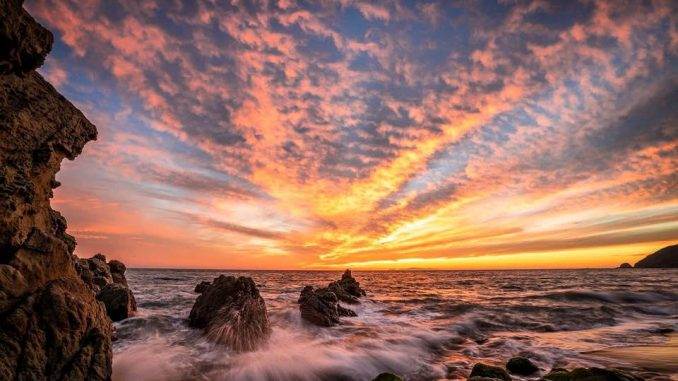
Since then, the Tao has mentored him on numerous landscape photography trips throughout Yosemite and the High Sierras, across Death Valley, and through the Colorado Plateau and Grand Escalante Staircase.
While working on more technical books on landscape and portrait photography, Dr. E realized he had to pen his book ‘The Tao of Epic Landscape Photography‘ first….as the Tao leads all.
The Tao Verse #1: The Tao that can be described is not the enduring and unchanging Tao. The name that can be named is not the enduring and unchanging name.
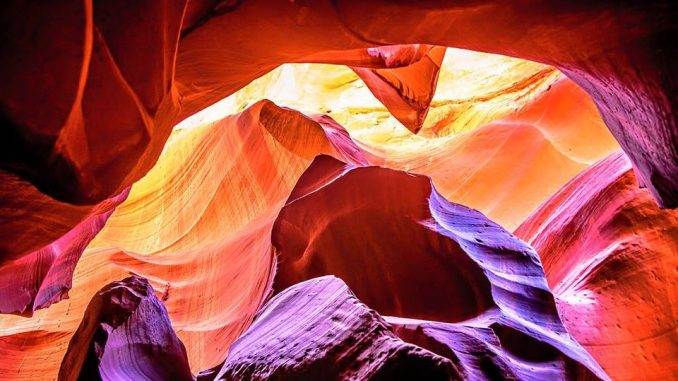
The legendary landscape photographer Ansel Adams agreed with the Tao: Ansel Adams: ‘There are no rules for good photographs, there are only good photographs’.
The Tao exalts in the supreme power of water, and indeed, water shapes every landscape we shoot, while fostering all the beautiful leaves, flowers, and life which grace it.
The Tao Verse #78. ‘There is nothing in the world softer and weaker than water, and yet for attacking things that are firm and strong, there is nothing greater’.
The Stoics, raised on Homer and Socrates, agreed: Lucius Annaeus Seneca: What is harder than rock? What is softer than water? Yet hard rocks are hollowed out by soft water.
And so it is that we artists would be wise to adopt the way of the Tao and to capture nature not by seeking to conquer nor dominate her, but by adapting to her shape and form as water does, and by becoming one with her.
Via humble persistence and subtle improvisation, we too can be like water and follow the lead of her streams and rivers on towards the most magnificent landscapes, on towards the ocean, which, by occupying the lowest station, is king of them all.
And so too should we artists seek the lowest station as humble servants and sailors, creating art not for ourselves, but for others. For the Tao teaches that the sage grows wealthy not by accumulating wealth, but by sharing it.
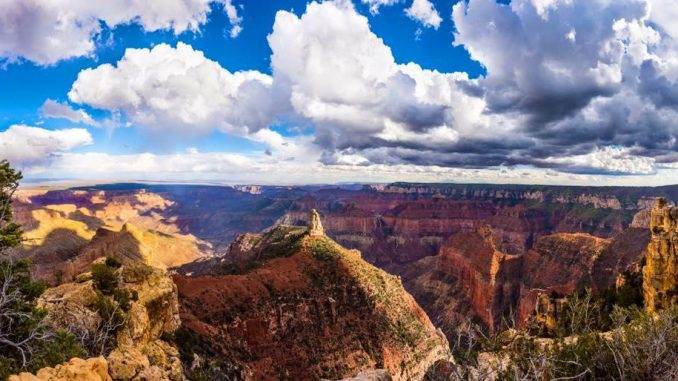
And along our odysseys trekking through the wilderness, Verse #80 of the Tao teaches that, “We should think our coarse food sweet; our plain clothes beautiful; our poor dwellings (tents and bivis) places of rest; and our common, simple ways sources of enjoyment.”
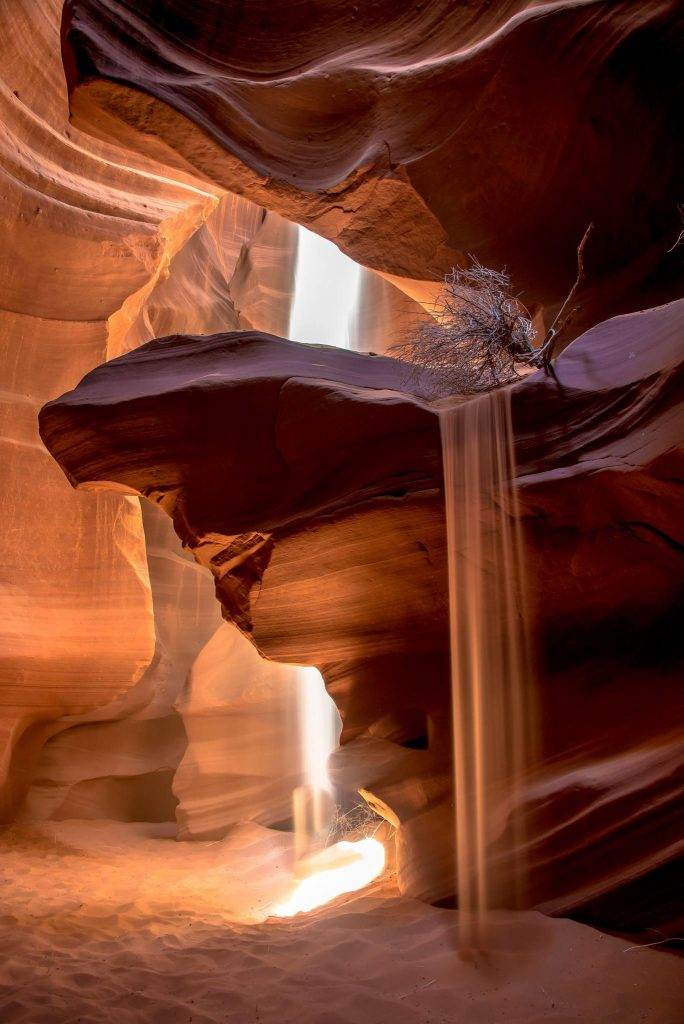
The Dancing Treasures Of The Tao
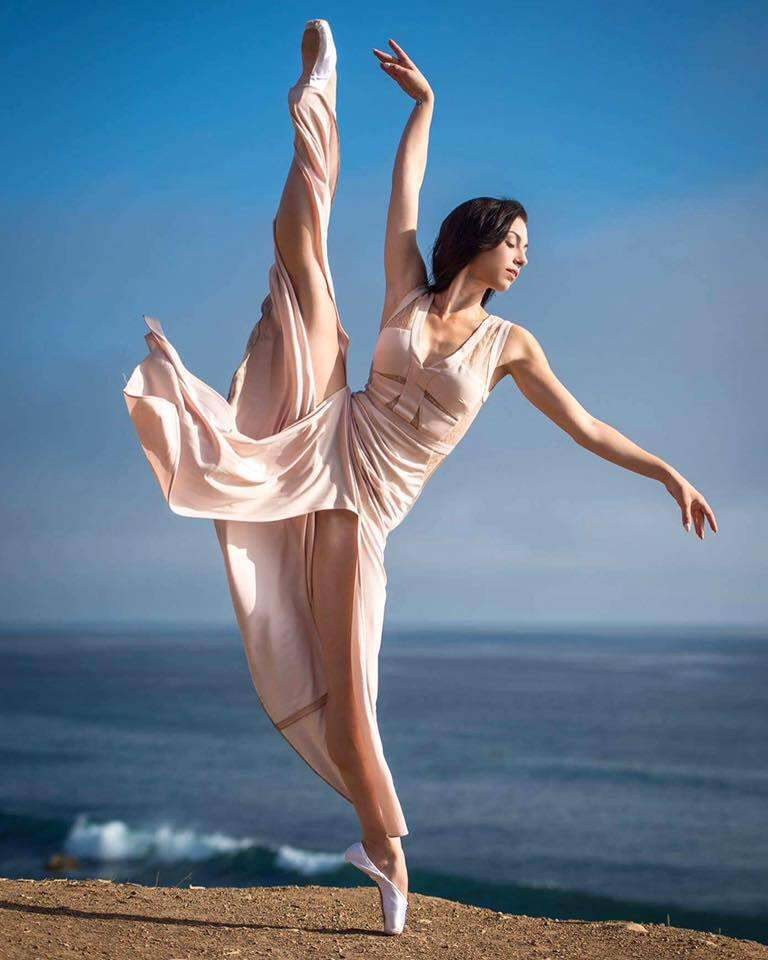
The wind’s invisible caress is what makes the above photograph epic. The invisible is oft the most important element in photography, breathing life into the shot.
Of course the ballerina is most beautiful, and her years of intensive training, character, and soul all shine through, exalting themselves over even her most remarkable physical skill. But it is her dance with the wind—her dance with Tao, as the Tao crashes far below her while reaching far above her, which makes the photograph.
The Tao is an ineffable, harmonious dance between the elements, and I love marrying ballet goddesses to nature and landscapes. However, that is a different book of mine titled Photographing the Epic Goddess. This current book is devoted to the epic landscape.
There are actually a lot of similarities between photographing dancers, models, surfers, and landscapes, as all are of the Tao. All must be approached with the utmost humility, as the decisive moments are precious and fleeting in all cases.
All have subtleties and foundational characters which are easily missed. A split second and the shot can be gone forever. All must be allowed to be free—to be themselves.
In all cases, one does not direct so much as position oneself. In the same way the rain does not dictate where the river is, but rather joins its flow, so too much the photographer locate the Tao’s flow and go with it. As much as the ballerina moves, it is the photographer’s job to move more; up and down, left and right, back and forth, zooming in and out.
As far as the river has traveled, it is the photographer’s job to travel further and climb higher until the ideal point of view is obtained.

One may think that red sandstone defines the above photograph, but look closer and you will see that it is water. Water dug the canyon and sculpted the hoodoos. Water blanketed her in white in the form of snow.
The Tao Verse #8. The highest excellence is like that of water. The excellence of water appears in its benefiting all things, and in its occupying, without striving (to the contrary), the low place which all men dislike. Hence its way is near to that of the Tao.
And so even when we are shooting a rigid, rocky scene, we are capturing the essence of softness. Such are the things the Tao teaches. In seeing the Yin, we are really seeing the outline of the Yang. And we only know the Yang via the outline of the Yin.
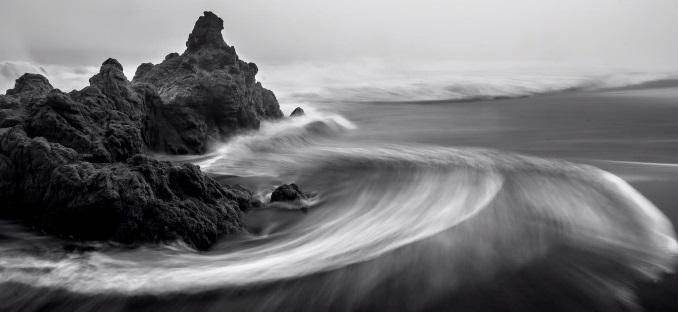
The Golden Yin-Yang Swirl, Malibu
The Tao teaches that water is the highest excellence, as even though it is softer than rock and seeks a lower station, it shapes all. In the same way the wind’s kiss exalts the ballerina photograph, water exalts the dance of the surfer goddess below:
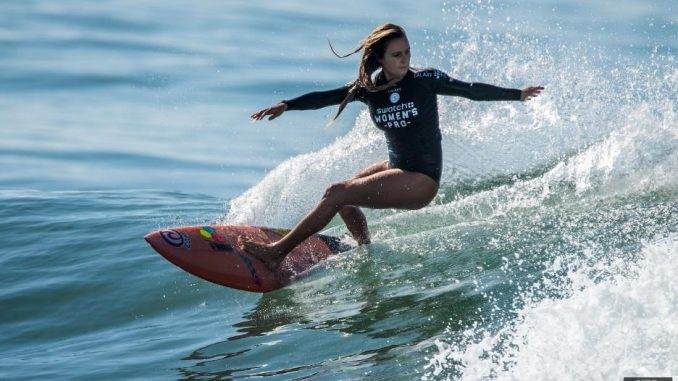
The rest of my book is filled with just my landscape photography, but I wanted to begin by saying that the Tao is an ineffable dance which flows through all.
It applies to not only all forms of photography, but every form of art. You may be a poet, or a screenwriter, or a painter, or a musician, or a novelist, but in all cases you are a dancer. There is a rhythm and rhyme in the greatest epic poetry, from the Iliad, to the Odyssey, to Hamlet.
Just as Beethoven used point and counterpoint in marrying melodies and harmonies in his heroic symphonies, photographic compositions also exalt in point and counterpoint. For we best know the yin by the yang, and we know the yang best by the yin.
Aristotle’s classic three act structure—the beginning, middle, and end—may be seen in every epic landscape photograph in the form of the foreground, mid-ground, and background.
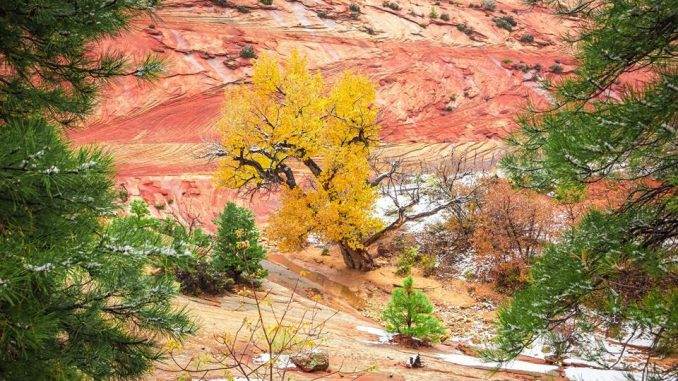
In the same way the bass is oft simpler, lower, and more skeletal, the blacks in a photograph are oft deeper, lower, and more definitive of the foundational outlines, while the vivid colors exalt the melody on high.
And so it is that this is a book not only for all artists, but for all, for as in so far as none of us truly know the Dance of the Tao, we are all improvising in this brief life, doing our best, and making it up as we go along, each and every day we are blessed with light.
And too, there is a rhythm to light. Every photon which impinges upon your eye is characterized by a frequency. It is frequency which distinguishes red, from green, from blue. As “photography” means “drawing with light,” photography is thus a most foundational rhythmic dance with oscillating photons.
Dr. E: I found more truth pursuing physics in the wilderness and in fine art photography than I ever did tin the classroom. (Light, Time, Dimension Theory).
Both relativity and quantum mechanics were born in the contemplation of light, as sure as James Clerk Maxwell’s equations pertaining to electricity and magnetism turned out to be the equations of light.
Those closer to the Tao are lax to pass judgment, for what seems strange, different, or even mistaken might just be a truer dance even closer to the Tao.
Verse #67 of the Tao presents its three treasures—compassion, frugality, and humility. Because we do not know the Tao, we have compassion for other points of view ad stations of life, as our ignorance unites us.
Because we are all united in not knowing the Tao, we have compassion for not only our kindred spirits, but for our enemies, as they do not know the Tao either, and we may forgive them for their ignorance, as they forgive us for ours. The very last lines of Shakespeare’s final play the Tempest are: As you from crimes would pardoned be…Let your indulgence set me free.
Because we do not know the Tao, we are not certain that the most expensive camera or a new gallery will be a great investment. But rather, spending more time in nature pondering the Tao while spending less on equipment, will likely pay off better. Because we do not know the Tao, we are humble. And so I humbly present my art to you in this book.
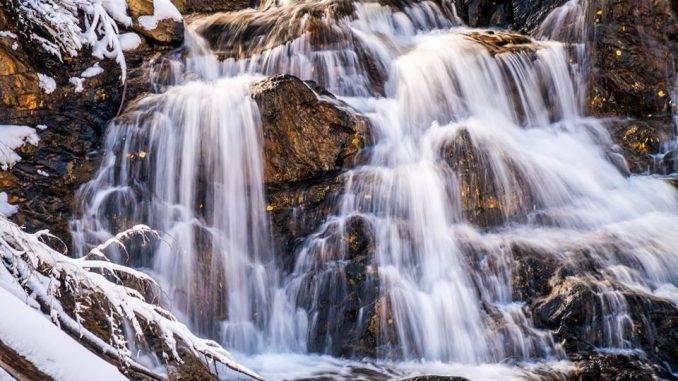
The hundreds of photographs throughout my book are what I saw to be beautiful during my journey over the past several years. I walked thousands of miles and looked even further within. All the photographs herein felt epic to me—otherwise I would not have included them.
I hope a few of them may seem epic to you too, and inspire you along your own journey with and towards the Tao.
Extracts from Dr Elliot McGucken’s book, The Tao of Epic Landscape Photography
you can find it here on Amazon –
http://instagram.com/elliotmcgucken

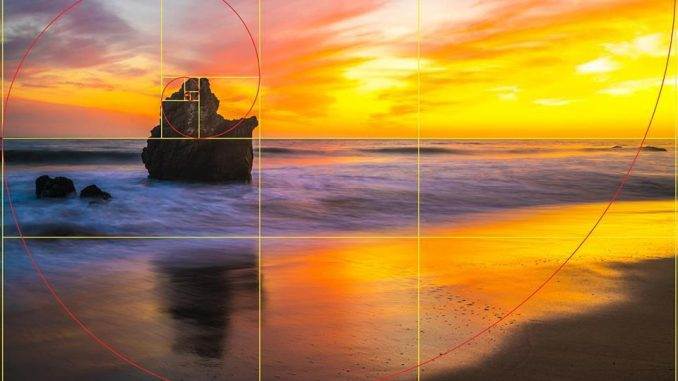
Leave a Reply